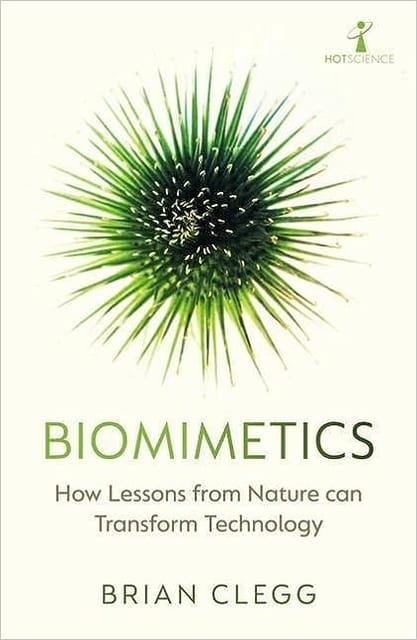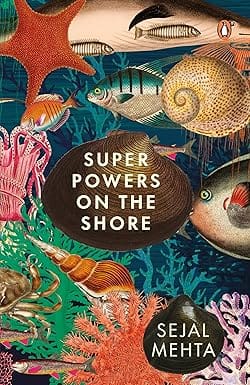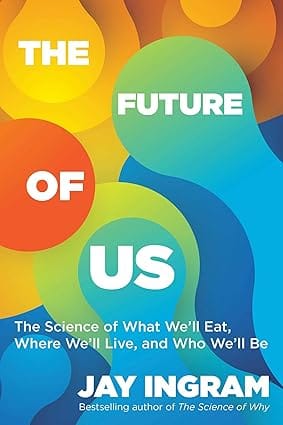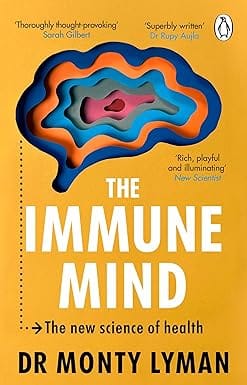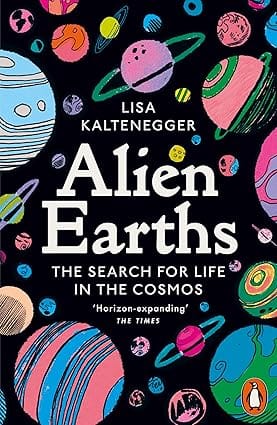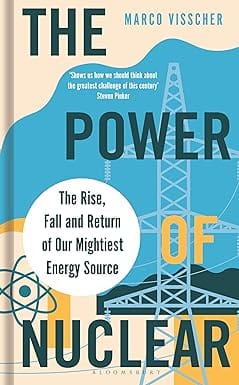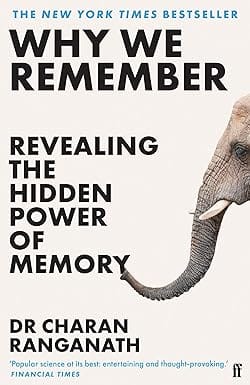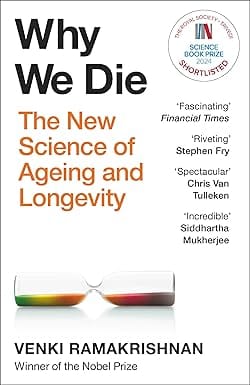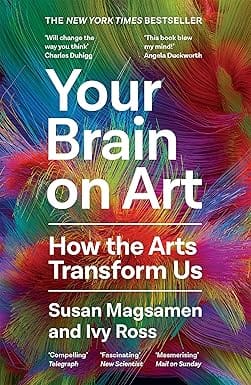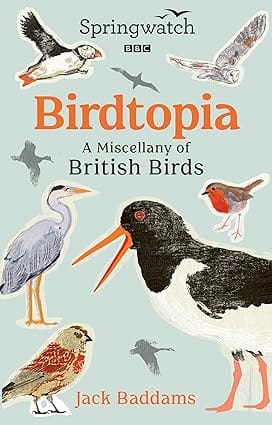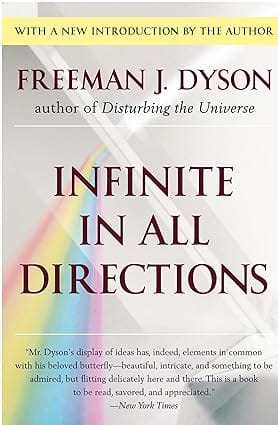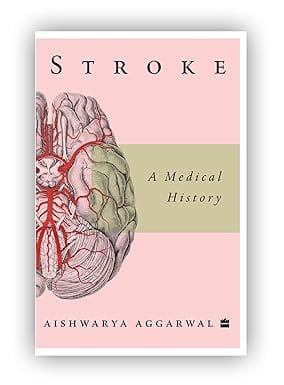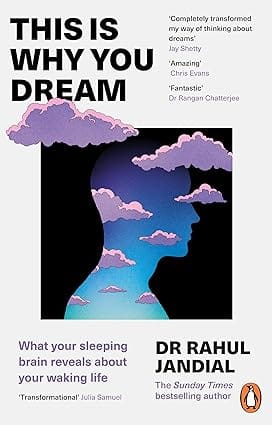- Contemporary Fiction
- Contemporary Fiction
- Children
- Children
- Comics & Graphic Novels
- Comics & Graphic Novels
- Non-Fiction
- Non-Fiction
- Fiction
- Fiction
Review
In this illuminating study, science writer Clegg (Lightning Often Strikes Twice) investigates how scientists and engineers take inspiration from nature. Highlighting inventions modeled on natural structures and processes, he tells how Swiss engineer George de Mestral got the idea for Velcro from the burrs stuck to his dog's fur; University of Akron graduate student Arnob Banik created tire treads modeled on the toe pads of tree frogs; and Dutch microbiologist Hendrik Jonkers developed a concrete mix featuring calcium carbonate-producing bacteria capable of filling cracks. Clegg also explores less successful attempts to harness the power of nature and details how Mercedes designed a bulky concept car resembling the build of a box fish, only to realize that "most of the fish's excellent ability to change direction and dart around came not from its shape... but from the unusual operation of its fins." Clegg is careful not to overhype biomimetic products (he expresses skepticism toward the claim of the Japanese company Teijin that its Morphotex fabric--which, like peacock tail feathers, gets its color from how its texture refracts light, rather than from pigmentation--somehow reduces textile waste), but he remains optimistic that the future might hold self-healing iPhone screens and greener energy production. Jam-packed with fascinating ideas, this is a treat for pop science readers.
Publishers Weekly
About the Author
- Home
- Science Technology And Medicine
- Biomimetics How Lessons From Nature Can Transform Technology
Biomimetics How Lessons From Nature Can Transform Technology
SIZE GUIDE
- ISBN: 9781785789892
- Author: Brian Clegg
- Publisher: Icon Books
- Pages: 176
- Format: Paperback
Book Description
Review
In this illuminating study, science writer Clegg (Lightning Often Strikes Twice) investigates how scientists and engineers take inspiration from nature. Highlighting inventions modeled on natural structures and processes, he tells how Swiss engineer George de Mestral got the idea for Velcro from the burrs stuck to his dog's fur; University of Akron graduate student Arnob Banik created tire treads modeled on the toe pads of tree frogs; and Dutch microbiologist Hendrik Jonkers developed a concrete mix featuring calcium carbonate-producing bacteria capable of filling cracks. Clegg also explores less successful attempts to harness the power of nature and details how Mercedes designed a bulky concept car resembling the build of a box fish, only to realize that "most of the fish's excellent ability to change direction and dart around came not from its shape... but from the unusual operation of its fins." Clegg is careful not to overhype biomimetic products (he expresses skepticism toward the claim of the Japanese company Teijin that its Morphotex fabric--which, like peacock tail feathers, gets its color from how its texture refracts light, rather than from pigmentation--somehow reduces textile waste), but he remains optimistic that the future might hold self-healing iPhone screens and greener energy production. Jam-packed with fascinating ideas, this is a treat for pop science readers.
Publishers Weekly
About the Author
User reviews
NEWSLETTER
Subscribe to get Email Updates!
Thanks for subscribing.
Your response has been recorded.

India's Iconic & Independent Book Store offering a vast selection of books across a variety of genres Since 1978.
"We Believe In The Power of Books" Our mission is to make books accessible to everyone, and to cultivate a culture of reading and learning. We strive to provide a wide range of books, from classic literature, sci-fi and fantasy, to graphic novels, biographies and self-help books, so that everyone can find something to read.
Whether you’re looking for your next great read, a gift for someone special, or just browsing, Midland is here to make your book-buying experience easy and enjoyable.
We are shipping pan India and across the world.
For Bulk Order / Corporate Gifting
 +91 9818282497 |
+91 9818282497 |  [email protected]
[email protected]
Click To Know More
INFORMATION
QUICK LINKS
ADDRESS
Shop No.20, Aurobindo Palace Market, Near Church, New Delhi

